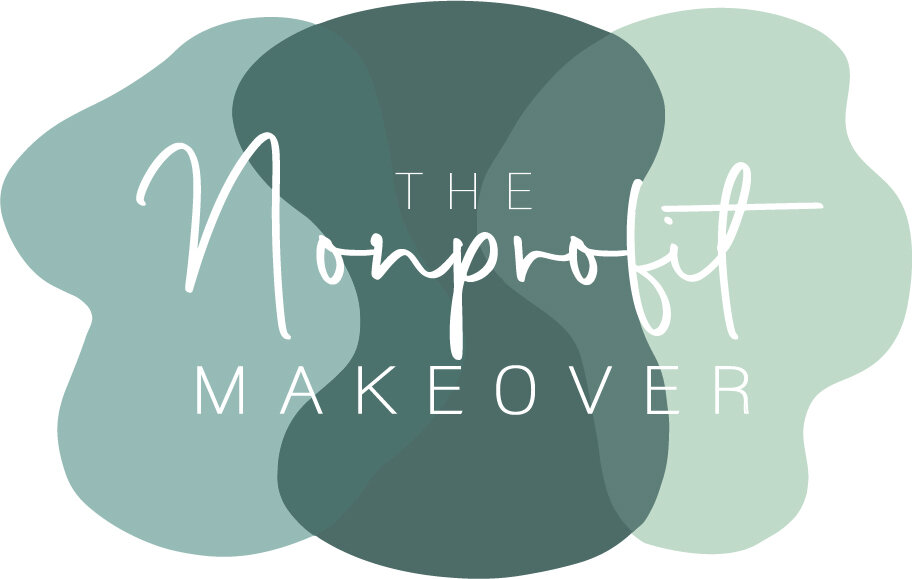Why Nonprofits Need Social Media
Photo Credit: Plann, via Pexels
By Jenn Rockefeller
The current global pandemic is forcing companies and nonprofits alike to seek alternative avenues to get the word out about their services, products, and programs. With the current lack of in-person events and the like, what else is there for nonprofits to do?
The answer – social media.
Nonprofit organizations need social media. Utilizing social media is the most effective way to garner further support for the nonprofit’s mission. Sites like Facebook, Twitter, Instagram, and even LinkedIn are all at the nonprofit’s fingertips.
Benefits
There are several benefits to having nonprofits use social media to multiply support for their mission.
1. Wider reach: With the click of a button, a nonprofit can increase their reach exponentially. Instead of simply local support, the nonprofit can now get the word out across the country, and even the globe. According to an article by Sayana Izmailova on G2 Learning Hub, “If you’re able to consistently create compelling content that’s likely to be shared across people’s networks, you can reach more people around the world than you ever thought was possible.”
2. Boost donations: Let’s say you are passionate about one particular cause. You ask your Facebook friends to help you donate to this cause. If you donated $50 to the cause, and your friends decided to also donate, then the possibility of boosting the total donation in just one post increased!
3. Effective campaigns: According to an article by Michelle Cyca on Hootsuite, a social media campaign is “a coordinated marketing designed to reinforce information or sentiments —about a product, service, or overall brand—through at least one social media platform.” This concentrated effort can focus on one particular area of your nonprofit that can wind up amplifying donations to your organization. For example, if your organization raises awareness about suicide prevention, you can devote the month of September to a major social media campaign to raise funds for your cause. To make sure this campaign is successful, spend July and August scheduling posts on Facebook advertising your upcoming campaign.
Why
The question of why a nonprofit needs social media might be your leading concern at this point. Yes, you know the benefits, but why suddenly change course if things have been going well for you? Staying stagnant can actually hurt your nonprofit in the long run.
1. Connect and engage: Just having a Facebook or Instagram page isn’t enough. You also need to engage with your followers. Understanding what they want and need will create trust with your supporters. They will know that you value their thoughts, ideas, and stories. They will be more inclined to share your content. Go ahead and comment on posts. Engage with your followers and find out things like are they relating to the content you are sharing and what kind of content would they like to see in the future.
2. Drive traffic: According to an article by Jessie Portlock on Jacobson Jarvis & Co., “Social media networks carry a lot of authority with search engines, which can result in more traffic to your website.” Be sure to maintain a consist online presence so that you can boost search engine results. The more consistent you are, the higher up you will show in the search results.
3. Share the mission: Branching out to social media will also give your nonprofit the chance to widely share your organization’s mission. Using social media platforms will give you ample space to share your organization’s mission and values. Once they see your mission and values, your readers can connect with you and your organization on a deeper level.
How to use social media to your advantage
Having a strategy to posting content on your social media channels shouldn’t be a stressful item on your agenda. All you need to do is just use the tools that are already at your fingertips.
1. Listen to your commenters: Listening to what your audience talks about can help you in two ways – what they are already talking about and what they want to talk about. This way, you can target your blogs or other content more towards what they want.
2. Monitoring: On social media platforms like Facebook, users can “mention” pages and people just by using the “@” symbol. This “tags” them in any post and will show up in your notifications. This allows you to monitor mentions from your audience and drive more content to your page.
3. Hashtags: Hashtags (#) exist to connect posts about a specific topic or idea so users can find content that interests them in one place. For example, if you are talking about a new movie, you can hashtag that movie and anyone who clicks on that hashtag can view all those who used that hashtag previously. Use hashtags in your posts and create hashtags for your nonprofit to gather interest and support--and don’t be afraid to play around until you find something that works for you.
Mistakes
You can’t just have a Facebook-heavy presence and neglect all other social media networks. By doing that, you are not reaching part of your target audience. Create a unique strategy for each platform you use and specialize your content. Make sure your staff understands the goals of each platform in order to effectively reach your full audience. And it’s okay to grow over time! Take your time to learn Facebook and Twitter before diving into Instagram, LinkedIn, YouTube, or TikTok.
Another common mistake is not having consistency in your social media presence. Publish regularly based on the needs of each platform and remember to like and respond to comments on your content.
Remember, success won’t happen overnight; it takes time to cultivate a community of support. But the more consistent you are, the better your results will be.
Ready to take your nonprofit to the next level? Visit our services page to book a consultation and learn how The Nonprofit Makeover can help you.


